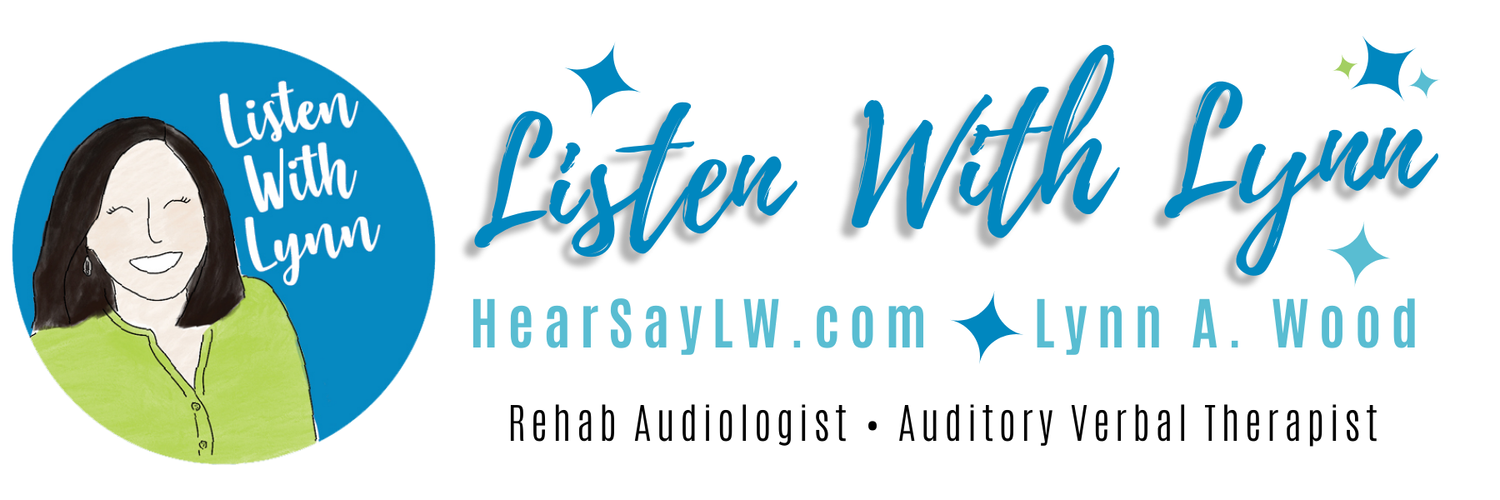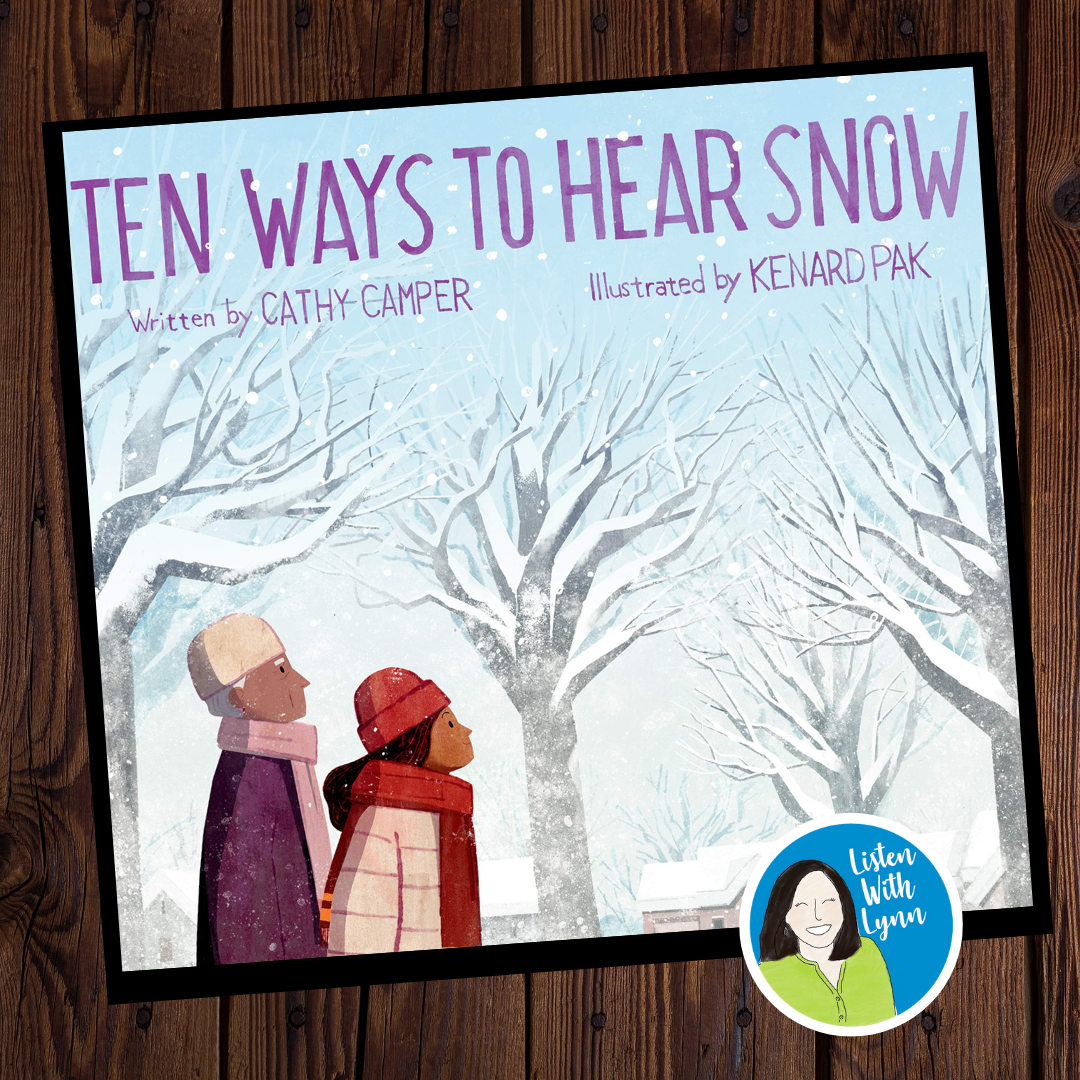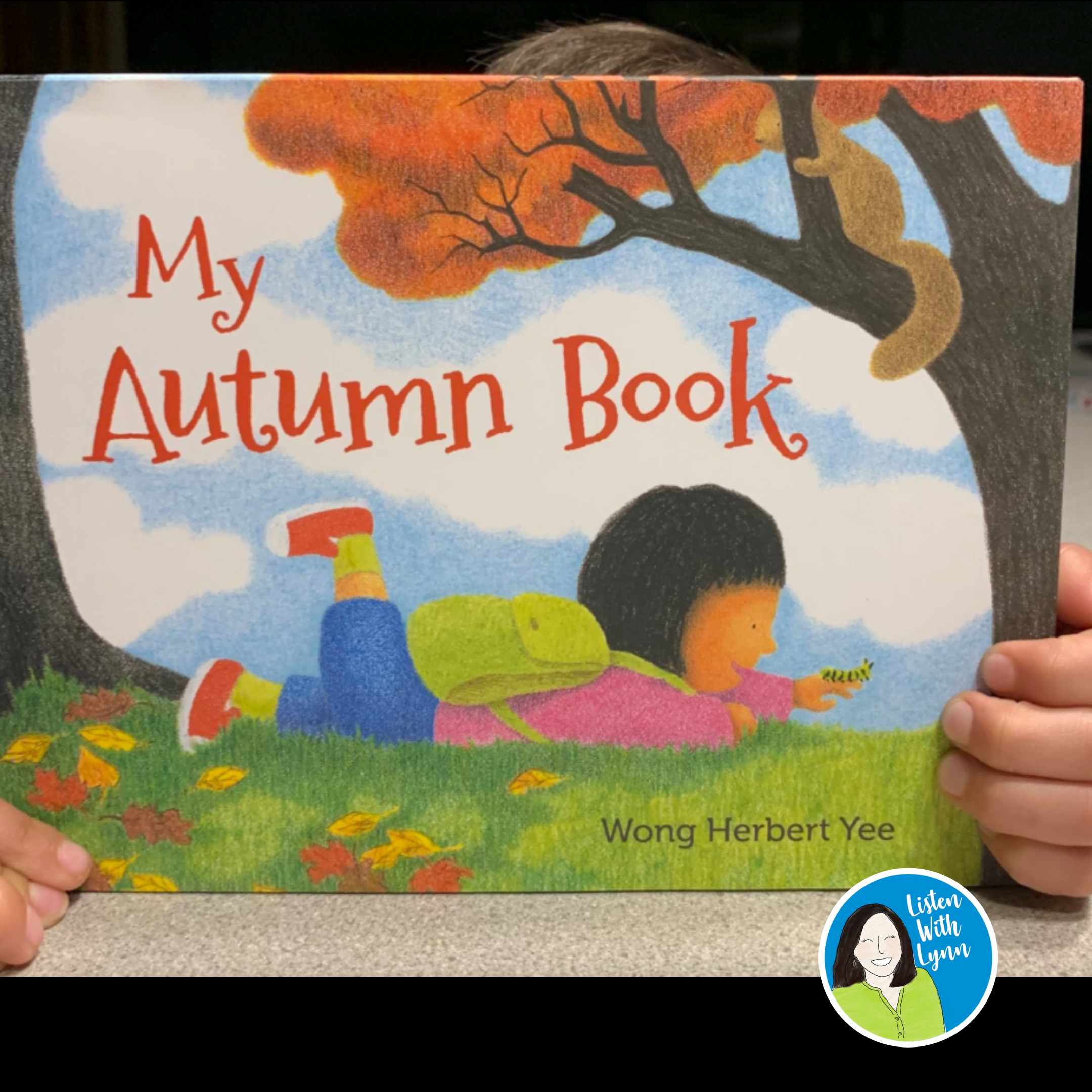Kids love listening, thinking, and learning spoken language with my Halloween Mystery bowl. Give it a try with toddlers through early elementary-aged listeners. It’s great for using all season long. Level it up or down to match the children’s goals.
You Will Need
A clear bowl or container for peeking and spying through the sides
Small seasonal items - acorns, leaves, pumpkins, Halloween objects, and Dollar Store finds
Dry pinto beans
A swag of artificial autumn leaves to cover the bin and keep the item(s) hidden
Listening and Spoken Language Tips
To encourage auditory learning
- Sit beside the child, on their best hearing side, in a quiet room.
- Remind the child to attend to the auditory information. Point to your ear and say, Listen.
- Speak before the child searches or sees the object. EAR contact before EYE contact.
- Increase or decrease the listening set size of objects to meet the child's goals.
- Develop confidence by playing at a level where the child is successful most of the time.
You Can Target:
Plan ahead. Consider the goals and level up or down the activity.
The child is to find the object that corresponds to the description.
Auditory identification
Bury an object without the child seeing it.
Remind the child to attend to the auditory information by pointing to your ear. Say, "listen".
OOooooOO! Boo! OOooooOO! I hear a ghost.
Sing, the Itsy Bitsy Spider.
Following directions and recalling critical elements
Look for the bat.
Find the bat then, make it sleep upside down.
Uncover the skeleton and have it do a monster dance.
Categories
Find something that -
can fly
is scary
has a face
is an insect
is make-believe
grows on trees
is found in a pumpkin patch
Auditory memory
Find the apple.
Find the scarecrow, the wagon, and the black cat.
Find all the animals except the crow.
Inferences
I can walk through walls. I’m white. I like to say “BOO!” Find me.
I am green. I wear a pointy hat. I fly on a broom. Find me.
I am round. I am orange. I sit outside. My first name is Jack. Find me.
Expressive language and descriptive skills
Give the child a turn to bury a toy and describe it to the other players.
Happy Halloween!





